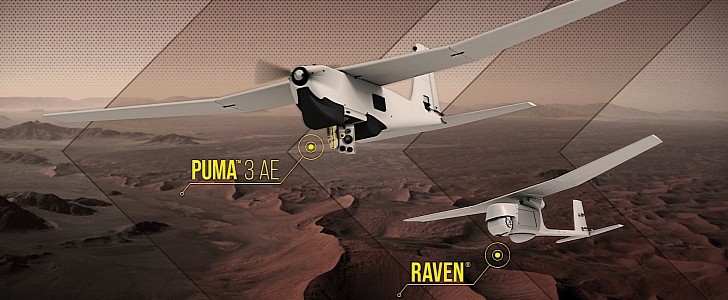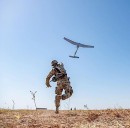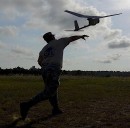When talking about military drones, the first thing that comes to mind is the massive combat drones in use now, autonomous to some degree, and deadly in their exploits. But there are other, smaller such machines that can be just as fearsome on the battlefield in some respects.
It’s the hand-launched drones we’re talking about, and there's really only one company that matters when it comes to making them: AeroVironment.
The American defense contractor has in its portfolio of such devices two main products, the Puma 3 and Raven. The former was confirmed earlier this year as entering the arsenal of NATO forces, while the latter, at least the ones fielded by the U.S. Army, are at the center of a major upgrade effort.
This month, AeroVironment announce the U.S. Air Force (USAF), too, is focusing on these small machines and granted the company firm-fixed-price orders totaling over $15 million for the delivery of Puma 3 drones and spares for them and the existing Ravens. The order should be done with by November 2021.
The Puma 3 is meant for surveillance and intelligence gathering. It comes with a 9.2 feet (2.8 meters) wingspan and a weight of 15 pounds (7 kg), enough to make it easy to handle by the soldier launching it. It can travel for as much as 37 miles (60 km) depending on configuration, spying on its targets using its sensors for up to 2.5 hours at a time.
The Raven, on the other hand, is the “most widely deployed unmanned aircraft system in the world.” Around 20,000 of them are currently used by the world’s militaries, flying for up to 90 minutes on a single outing to spy using a series of surveillance-oriented hardware, including infrared cameras, on targets that can be as far as 10 km (6.2 miles) away.
The American defense contractor has in its portfolio of such devices two main products, the Puma 3 and Raven. The former was confirmed earlier this year as entering the arsenal of NATO forces, while the latter, at least the ones fielded by the U.S. Army, are at the center of a major upgrade effort.
This month, AeroVironment announce the U.S. Air Force (USAF), too, is focusing on these small machines and granted the company firm-fixed-price orders totaling over $15 million for the delivery of Puma 3 drones and spares for them and the existing Ravens. The order should be done with by November 2021.
The Puma 3 is meant for surveillance and intelligence gathering. It comes with a 9.2 feet (2.8 meters) wingspan and a weight of 15 pounds (7 kg), enough to make it easy to handle by the soldier launching it. It can travel for as much as 37 miles (60 km) depending on configuration, spying on its targets using its sensors for up to 2.5 hours at a time.
The Raven, on the other hand, is the “most widely deployed unmanned aircraft system in the world.” Around 20,000 of them are currently used by the world’s militaries, flying for up to 90 minutes on a single outing to spy using a series of surveillance-oriented hardware, including infrared cameras, on targets that can be as far as 10 km (6.2 miles) away.












